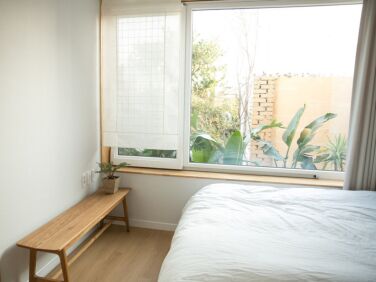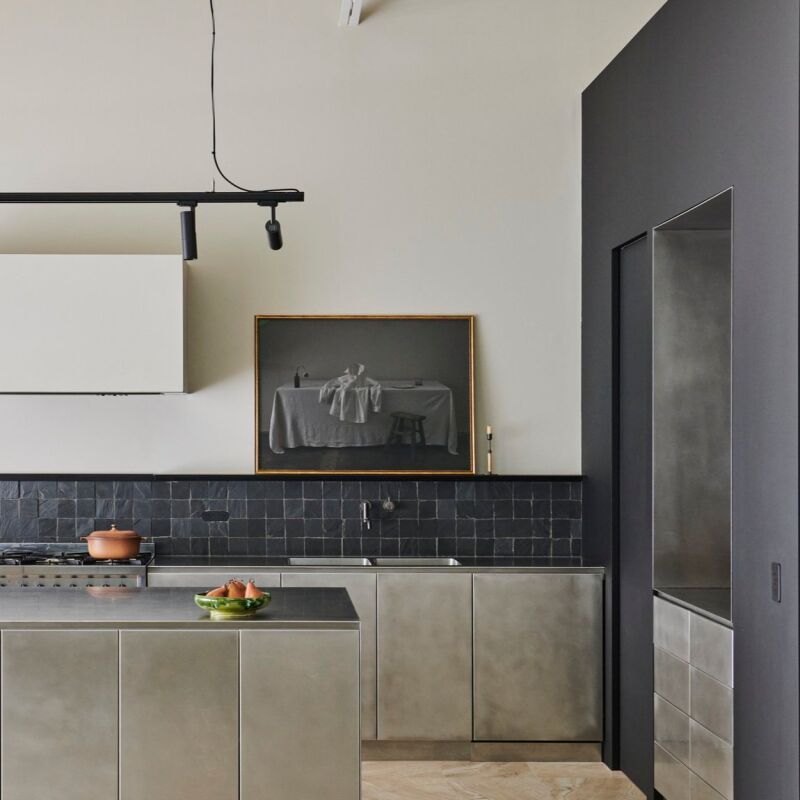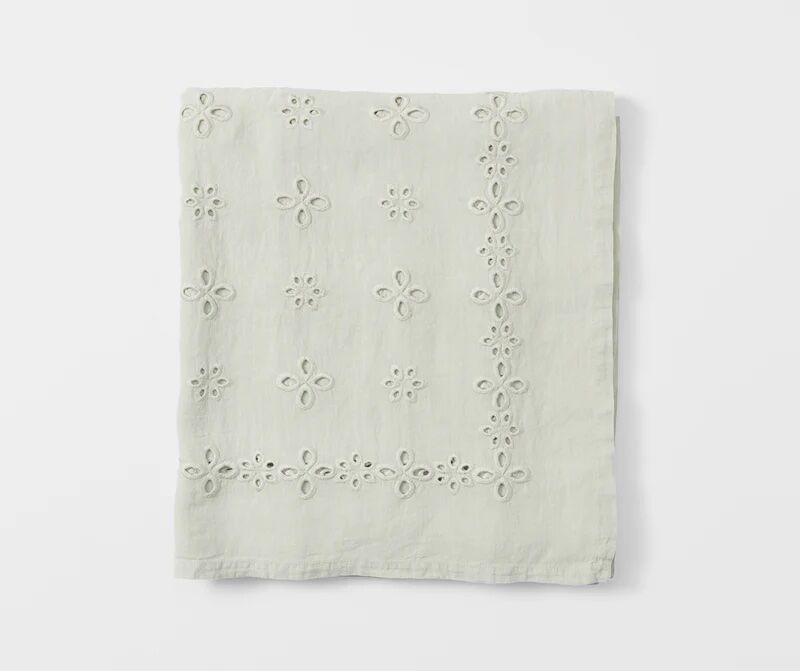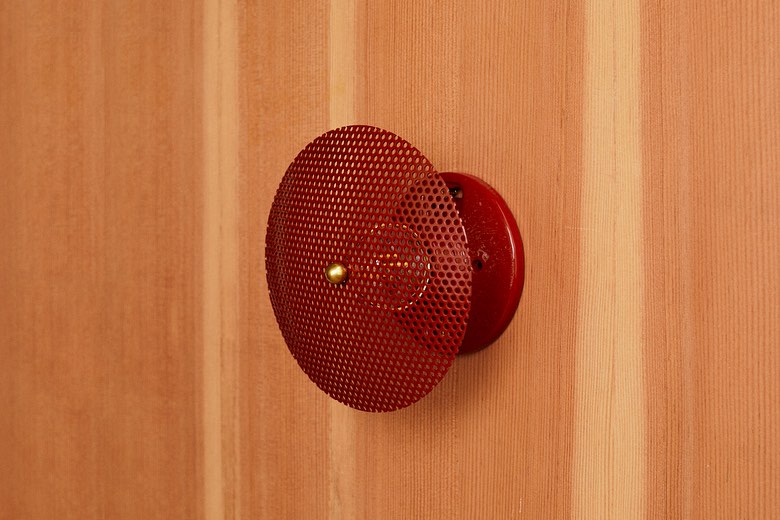Noticed recently: tone-on-tone cloths patched together in subtle, often perfectly imperfect windowpane patterns. We’ve spotted them in projects from the likes of Mjölk, Tamar Barnoon, and Serena Mitnik Miller and by designers from LA to Copenhagen, though credit for their provenance lies in the Korean tradition of pojagi (or bojagi).
According to Cooper Hewitt: “Bojagi cloths were essential elements of Korean households since the very beginning of the Joseon Dynasty in the late fourteenth century up until the 1950s”; artfully stitched together from scraps of cloth and used to wrap gifts, carry objects, or cover food, “these multipurpose textiles combined functionality, aesthetic, and craftsmanship.”
Similarly stitched cloths are making appearances lately as window coverings, where light coming through illuminates their handmade quality. Take a look.










For more design details we’re noting recently, see:
- Trend Alert: Papier Mâché in Shades of Pale
- Trend Alert: The Return of Retro Wood Paneling
- Trend Alert: The Great American Patchwork Quilt Comeback—as Art, Clothing, and, Yes, Bedding
N.B.: This story originally ran on October 1, 2021 and has been updated.





Have a Question or Comment About This Post?
Join the conversation (2)